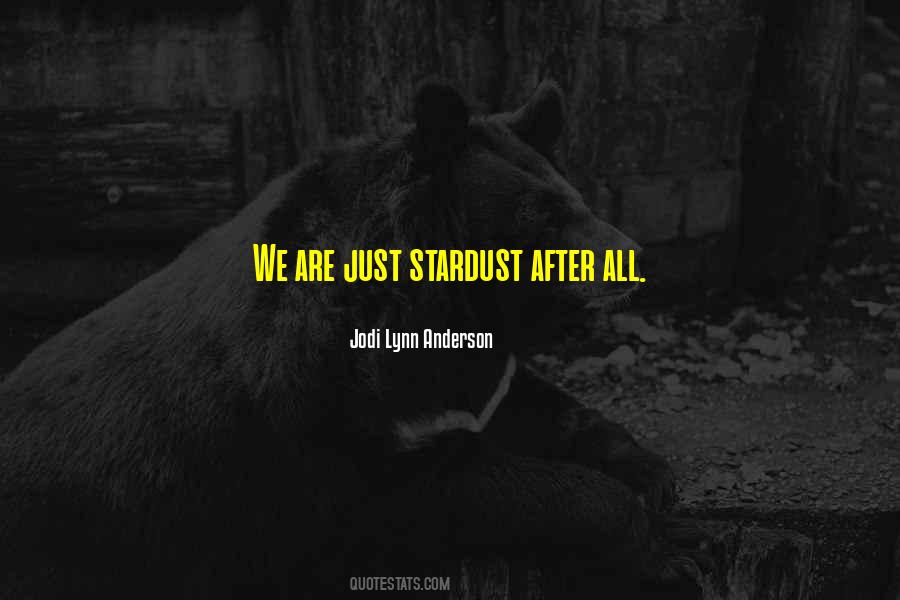

Then, the process will start again, and after millions and millions of years, a new star will be born, and it will contain all the elements of the previous one. All of which end up floating in the space, forming a new nebula. In this explosion elements such as gold, copper, mercury, and silver are created.

One that can shine with the light of billions of stars together for several days, even weeks. When a star manages to transform its nucleus into iron, it’ll disintegrate, collapsing in an incredible explosion. A star this big will contain enough energy to generate all the elements, including iron. However, to produce stardust astronomy indicates that it takes the explosion of a star 5 times bigger than the sun. These chemical reactions slowly make the nucleus to lose its balance until the star becomes a Red giant. Once all the hydrogen is consumed the star begins to die.ĭuring this process the star synthesizes helium into beryllium through the triple Alpha reaction, in which the elements begin to deplete, giving way to new successive reactions, and with them to new elements formation. For hundreds of billions of years, the hydrogen reacts until it is transformed into helium. The creation of the other elements occurs inside of the stars, in their nuclei. But, where do the other elements came from? That’s easy, from star’s transformation. Well, the first stars in the universe were formed only with hydrogen and helium. But let’s go back to the beginning, what is stardust made of? Helium? And like so, in the midst of a cosmic spark, stars are born. Through a process known as nuclear fusion, a course that can take millions of years to develop, the star nuclei increase its temperature transforming hydrogen into helium, the fuel that makes every star shine. Over time, due to gravity they begin to collapse forming a nucleus. Formed by gas and dust, a nebula is main element is hydrogen. That means that the whole history of humankind comprises only a tiny part of the sun splendor. While the sun, which is also a star, has existed for billions of years, Homo erectus, our closest ancestor appeared just 1.8 million years ago. Of course, their lifespan is much longer than ours. Like ourselves, and every other living being, the stars are born, they live, and they die. Though we could wrongfully believe, Stars won’t shine forever. But, the only mystery we will solve today is: what is stardust made of?Īccording to science, stardust is made of particles remaining from a supernova explosion. In a cosmos that’s getting bigger and bigger at an increasing speed, it’s essential to think about what causes this expansion and what it means.

What is stardust made of? A life explosion The explosive death of a star is the crucial process for the creation of the most complex elements in the universe… And life. Maybe that’s where the old saying came from: we are made of stardust. And just as everything else in the cosmos changes, death is the beginning of new galactic life. Studying the origin of stardust astronomy points out it lies in star’s death. Everything you need to know about what is stardust made of begins with understanding what a Star is.


 0 kommentar(er)
0 kommentar(er)
